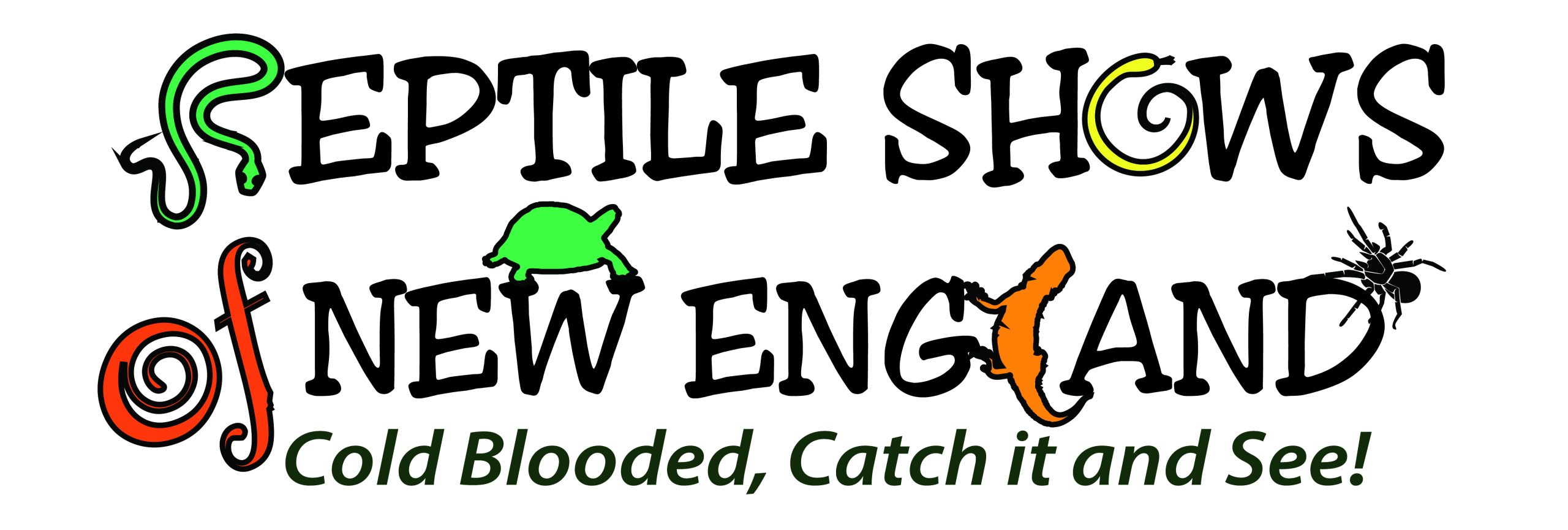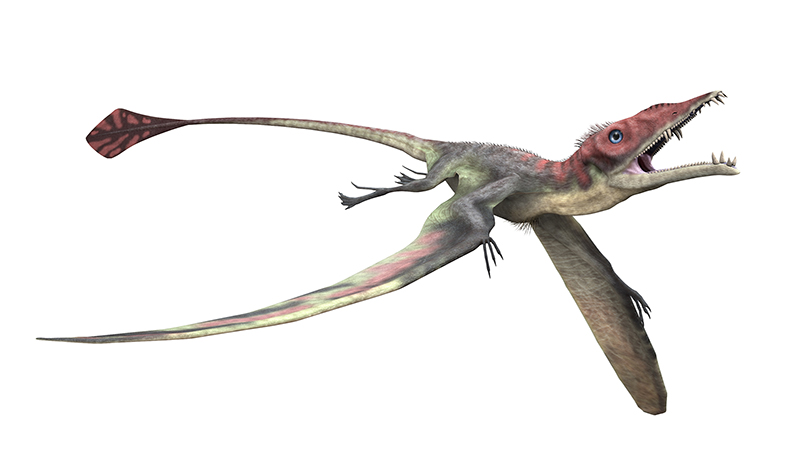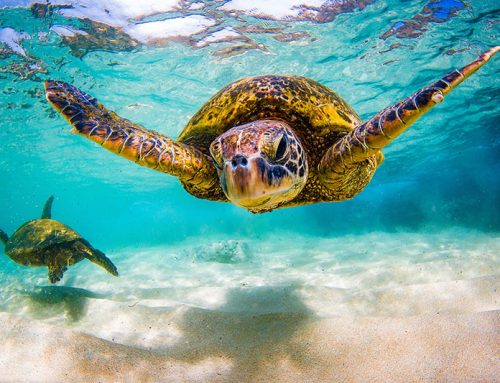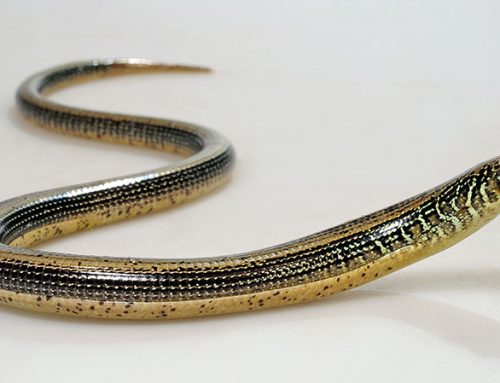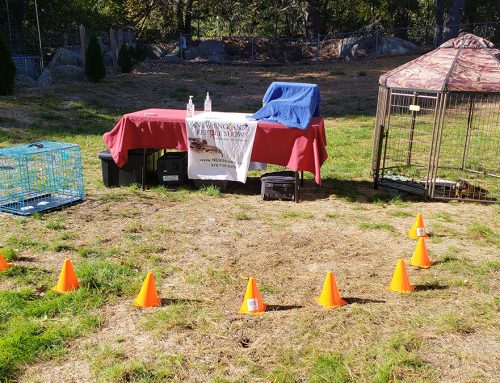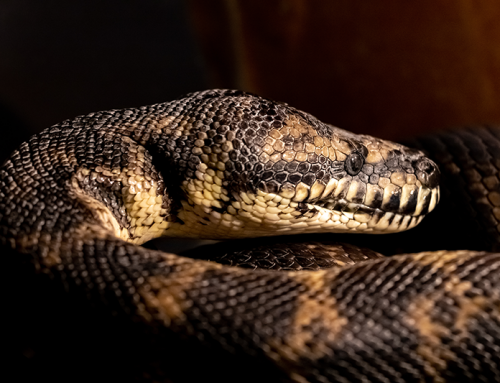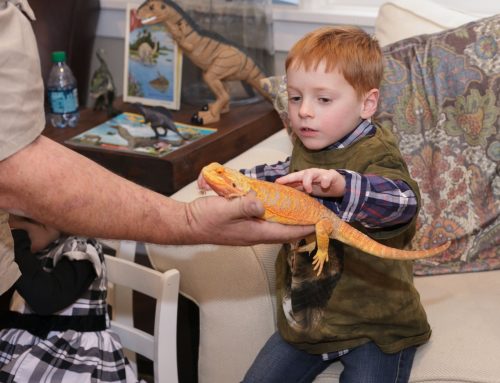Author: Emily Erickson
The image of dinosaurs has changed dramatically over the last handful of generations. From large, galumphing lizards crawling around waiting for food to cross their paths, to terrifyingly elegant birdlike creatures. They hunted, coordinated, communicated, like a pride of lions, or a pack of wolves. Some sported elegant feathers and primitive flight capabilities, but 65 million years ago and beyond, there were giants that ruled the skies.
The first Pterosaurs took flight around 215 million years ago, starting with a species called Eudimorphodon, which boasted a one-meter (3 ft 4 in) wingspan, a straight, corvid-like beak, and a strange, diamond-like protrusion at the end of its tail, believed to act as a rudder.
The Eudimorphodon was only a precursor to the later monsters that would rule the skies, including the well-known Pteranodon (commonly mislabeled as “Pterodactyl”), which boasted a wingspan of up to 7.25 meters (23.8 ft) and fed primarily on fish; the graceful and large-crested Tapejara, stretching its wings to 3.6 meters (11.8 ft); and the goliath Quetzalcoatlus, the largest flying reptile ever discovered, boasting a massive wingspan of 10 meters (32.8 feet), and a neck long enough to rival a giraffe. Quetzalcoatlus belongs to a family of pterosaurs called Azhdarchids, known for their very long necks and legs.
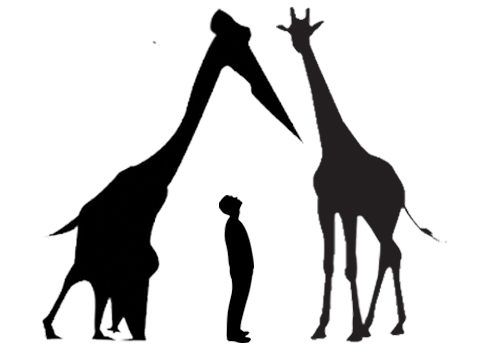
Quetzalcoatlus compared to Human and Giraffe
Quetzal’s wingspan is the Cretaceous equivalent to a modern-day F-18 fighter jet. It is believed these massive pterosaurs fed primarily on terrestrial animals, and was well adapted to a ground-based lifestyle. Don’t let that seemingly awkward gait and sheer size fool you though, Quetzal was a master of the skies.
Until Cryodrakon boreas.
Alberta Canada is home to many fossil deposits, and paleontologists have been uncovering fragmented azhdarchid remains since 1972. Originally thought to be the remains of Quetzalcoatlus, paleontologists are now considering Cryodrakon to be its own genus. Named and described by Paleontologists David William Elliott Hone and Michael Habib, and Paleoecologist François Therrien, the name Cryodrakon boreas is derived from the Greek words “kryos” and “drakon,” meaning “icy cold,” and “Dragon” respectively; “boreas” means “north,” or “north winds”.
Artist’s representation of C. borealis, sporting distinctive markings of Canada’s flag.
Azhdarchid findings are exceptionally rare; their hollow bones normally don’t survive the fossilization process, so many of the fossils we have are fragments. Most of those fragments are grouped under Quetzalcoatlus, but measurements of a handful of well-preserved arm bones from Cryodrakon were enough to separate the two genera. This new species is the start of a lot of work for paleontologists to further separate it from Quetzalcoatlus, and find out as much as they can about the Frozen Dragon of the North.
Interested in seeing some modern day dinosaurs? Reptile Shows of New England showcases a variety of reptiles, including iguanas, Tegus, and even Burmese pythons. After learning about these invasive species, if you are interested in interacting with these reptiles up close and personal then book a show today!
